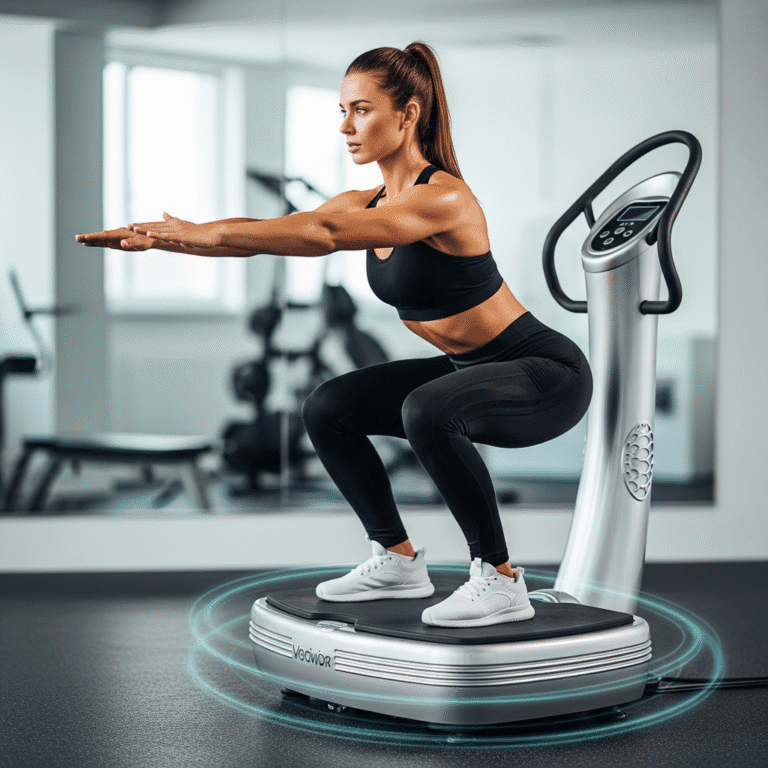FREE SHIPPING OVER $50
I Walked After Every Meal for 2 Weeks—My Blood Sugar, Bloating, and Energy Transformed

We’ve all heard the advice to exercise for weight loss, but let’s be honest: finding time for a full gym session or a long run is tough to squeeze into a busy day. Like many people, I struggled with the post-meal slump—that heavy, sluggish feeling that usually had me collapsing onto the couch. I also noticed persistent bloating after dinner and often struggled to keep my energy stable throughout the afternoon. I knew my metabolism needed a gentle nudge, but I didn’t want another complicated fitness routine.
Inspired by simple health science, I committed to one simple, non-negotiable rule for 2 weeks: I would walk for at least 10 to 15 minutes after every single meal—breakfast, lunch, and dinner. The results were truly astounding. This small, consistent change didn’t just feel good; it provided measurable, rapid improvements in three major areas of my health and weight management: my blood sugar levels stabilized, my chronic bloating vanished, and my overall energy soared. This is the story of how this tiny habit created a massive transformation.
The Science of the Post-Meal Walk: Why It Works So Well
The reason the post-meal walk is so effective isn’t just about burning a few extra calories; it’s about timing. You are engaging in activity at the exact moment your body is working hardest to process nutrients and, crucially, managing the impending rise of glucose in your bloodstream.
Glucose Management: The Critical 60 Minutes
After you eat, your food is broken down into glucose, which enters your bloodstream and typically peaks 60 to 90 minutes after the first bite. When glucose spikes, your body releases insulin to shuttle that sugar into your cells for energy. If these spikes are too frequent or too high, your body can develop insulin resistance, which is the root cause of fat storage, low energy, and chronic weight gain.
Walking after a meal directly intervenes in this process. By moving your large leg muscles, you prompt them to draw glucose directly from the bloodstream to use as immediate fuel, even without insulin. This “muscle pump” effectively flattens the blood sugar curve, reducing the stress on your pancreas and minimizing the insulin response, leading directly to better weight loss results.
Transformation 1: Blood Sugar Stabilization (The Metabolic Miracle)
This was the most surprising and impactful change I experienced. Even without being diabetic, managing stable blood sugar is the cornerstone of effective weight management.
Before the Walk
Before starting the routine, my afternoon energy was erratic. I would have a large lunch, feel a rush, and then crash hard about 90 minutes later. That crash is the telltale sign of a blood sugar spike and subsequent drop. This roller coaster of glucose and insulin made me constantly crave sugar and sabotage my weight loss efforts.
The 2-Week Change
The post-meal walks acted as a gentle brake on my digestion.
- Flatter Curve: Science confirms that a simple walk reduces the post-meal glucose peak. My body used the glucose to fuel my walk instead of immediately storing it, leading to a much gentler curve and no dramatic drops.
- Reduced Cravings: Because my blood sugar was stable, the constant afternoon desire for a sugary snack completely disappeared. This effortless portion control was massive for my weight loss goals.
- Better Sleep: Consistent evidence links poor blood sugar control in the evening to disrupted sleep. By taking a 15-minute walk after dinner, my body handled the evening meal efficiently, leading to deeper, more restorative sleep—another essential component of a healthy metabolism.
Key Takeaway: If you struggle with constant cravings or afternoon slumps, the post-meal walk is your most powerful, non-dietary tool for stabilizing your blood sugar and shifting your body into a fat-burning state.
Transformation 2: Bloating and Digestion Elimination
For years, dinner often led to a painfully bloated stomach that made me feel heavy and uncomfortable. This feeling of being “stuffed” often ruined my evenings.
Before the Walk
Post-meal discomfort is often caused by sluggish digestion. Food sits in the stomach and upper digestive tract for too long, leading to excessive gas production and the slow emptying of the stomach (gastric emptying).
The 2-Week Change
Movement is the simplest form of internal massage for your digestive system.
- Faster Gastric Emptying: The simple act of walking stimulates the gut, encouraging the food to move along the digestive tract more efficiently. This quickens the gastric emptying process, significantly reducing the pressure and discomfort associated with bloating.
- Improved Gut Motility: Gentle activity promotes peristalsis—the wave-like muscle contractions that move food through the intestines. Enhanced motility means less time for food particles to ferment and create excess gas.
- Reduced Reflux: For those who suffer from heartburn or reflux, lying down after a meal can worsen symptoms. Staying upright and moving aids gravity in keeping stomach acid where it belongs, providing natural relief.
Key Takeaway: The post-meal walk is an instant remedy for daily digestive issues. It’s a natural, mechanical way to encourage smooth, comfortable digestion and eliminate that heavy, “food baby” feeling.
Transformation 3: Sustained Energy and Focus
The increase in steady energy was a direct consequence of the first two transformations, but it deserves its own recognition as a key fitness benefit.
Before the Walk
When your blood sugar crashes, so does your brainpower. When your body is struggling with bloating and inefficient digestion, a huge amount of energy is diverted to processing food, leaving you feeling lethargic.
The 2-Week Change
By flattening the blood sugar curve and reducing the energetic demands of sluggish digestion, I experienced a dramatic rise in available energy.
- No More Slump: I eliminated the mid-day “food coma.” Instead of feeling the need for caffeine or a nap after lunch, I felt focused and ready to tackle the rest of the day. The walk served as a mental break, not a drain.
- Increased Calorie Burn: While a 15-minute walk doesn’t burn a huge number of calories, performing it three times a day adds up! That’s 45 minutes of daily, low-impact fitness that seamlessly integrated into my life, contributing significantly to my overall weight loss efforts.
- Improved Mood: Light exercise releases endorphins, the body’s natural mood boosters. I found that my post-meal anxiety vanished, replaced by a feeling of calm, proactive control over my health.
Key Takeaway: The post-meal walk is the ultimate energy hack. By optimizing your body’s internal systems, you free up physical and mental resources, making both work and fitness feel much easier.
Making the Post-Meal Walk a Non-Negotiable Habit
The beauty of this change is its minimal requirement. You don’t need special equipment or complicated rules.
Rules for Max Effectiveness:
- The 10-15 Minute Minimum: Aim for at least 10 minutes, but 15 minutes is the sweet spot for maximum glucose clearance.
- Walk, Don’t Stroll (But Don’t Sprint): The goal is a brisk walk—something that elevates your heart rate slightly but still allows you to hold a conversation. You need the muscle contraction to draw the glucose; a gentle meander won’t have the same metabolic impact.
- Start Immediately: The most effective time to walk is within 30 minutes of finishing your meal. The closer you are to the start of the glucose peak, the better your muscles can intervene.
- Stack the Habit: Make it non-negotiable by “stacking” it onto your meal routine. Once the dishes are cleared, the shoes go on. No phone, no TV—just movement.
Conclusion
The transformation I saw in my blood sugar, bloating, and energy over just 2 weeks confirmed what health researchers advocate: small, consistent habits always beat huge, unsustainable efforts. The post-meal walk is the perfect intersection of simplicity and powerful health mechanics. By intervening at the exact moment your body is vulnerable to glucose spikes, you gain effortless control over your metabolism, enhance your digestion, and dramatically boost your daily energy. This simple habit is truly a game-changer for anyone pursuing sustainable weight loss and long-term well-being.
Related Articles
- Eat Yogurt at This Exact Time to Boost Gut Health, Burn Fat, and Strengthen Bones
- Stop Wasting It! Sweet Potato Skins Contain the #1 Nutrient for Weight Loss.
- The 1 Dairy Food Doctors Recommend for Shrinking Dangerous Visceral Belly Fat After 40
- The 15 Morning Habits That Wreck Your Metabolism After 40—And What to Do Instead
- Allulose: The Sugar Swap Dietitians Say Could Help You Lose Weight Without the Crash



